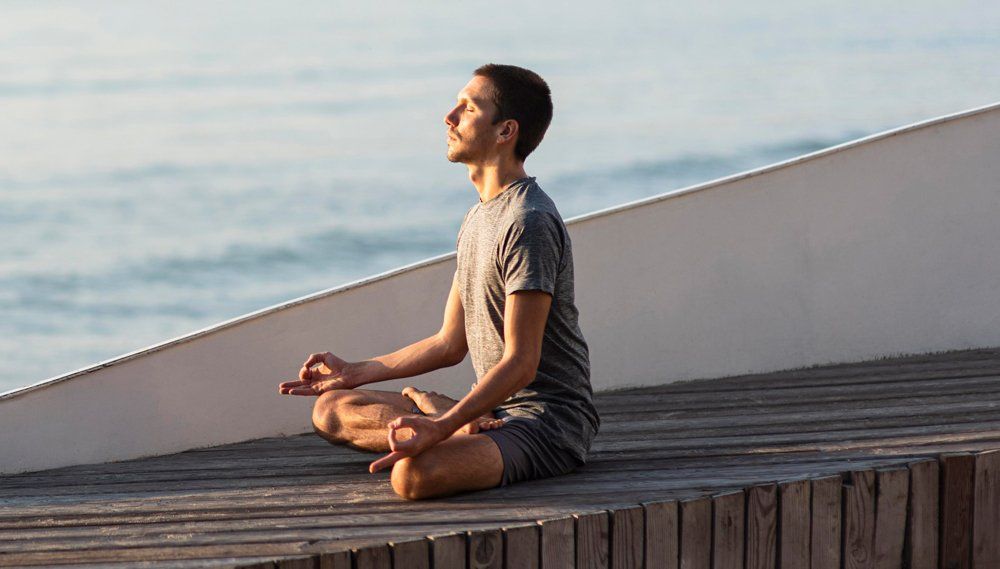WHAT IS HEALTH
Health is a general term that has wide interpretations, let’s expand on this holistic expression further.
NUTRITION
Is a fundamental component of health and wellbeing, nourishing the body with nutritional food habits will ultimately support a healthy system. The variety of nature’s farmacy fuels, repairs and restores the different systems within the body. Fruits, vegetables, nuts and seeds represent nutritional character, resembling similarities to the body’s internal structures. Whole foods encompass essential nutrients for the body to thrive, indulging in seasonal fruits and vegetables is a flavoursome delight, eat the rainbow.
Water is the life force and stream of life. Our bodies are approximately 70% water, the brain 85% water and water inhabits 70% of earth. Water supports every system of the body transporting nutrients throughout, regulate body temperature, supports cell oxygen and energy production, clears toxic waste for removal, lubrication in joint spaces and spinal disc cushions plus many more benefits; keep WATER hydrated.
PHYSICAL
Whether it’s light exercise or a heavy workout, when we move we feel better for it. As nutritional habits support a healthy system so does regular exercise. Benefits include the release of endorphins that improves mood, increased energy levels plus the increase in cardiovascular output which supplies oxygenated blood around the body that also facilitates the metabolic process.
MENTAL
The mind body connection, what’s in the mind manifests on the body. A positive mind mirrors an open strong posture whereas a negative mind mirrors a closed rounded posture. The point in making is how the state of mind has a bearing effect on our presenting physique and body strength output.
“A good laugh is sunshine in the house.”
- William Thackeray
EMOTIONAL
Emotions can run high during life and especially when we are vulnerable. Our physiology can altar if we hold, bury and carry negative emotions that can subconsciously lead us into a heightened sympathetic state. When provoked it can be distressing, prompting an automatic response external from our conscious control. Unlocking the body can assist in letting those old feelings surface to be healed and build resilience. Diaphragmatic breathing aids the body to a parasympathetic state of rest and digest.
SPIRITUAL
Spirituality may not be everyone’s cup of tea as it is an individual journey. However, taking time to find quietness within a meditative state can bring tranquillity and harmony; reducing the environmental pressures of life.
“Your body cannot heal without play. Your mind cannot heal without laughter. Your soul cannot heal without joy.”
- Catherine Rippenger Fenwick



